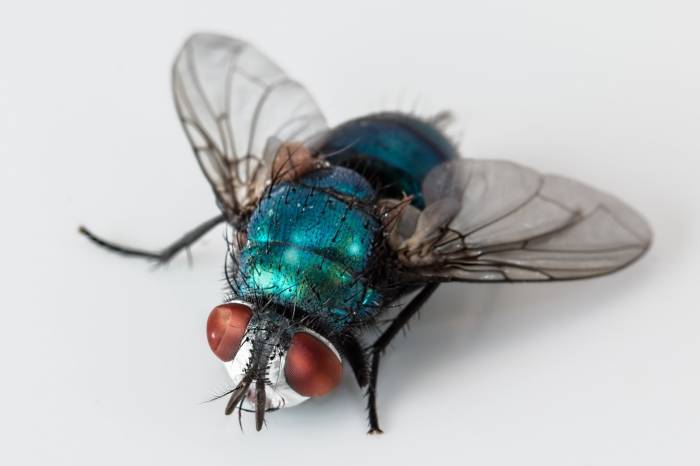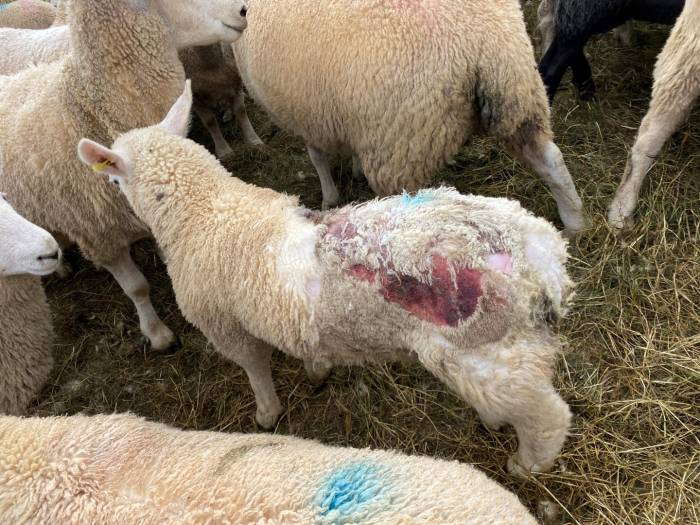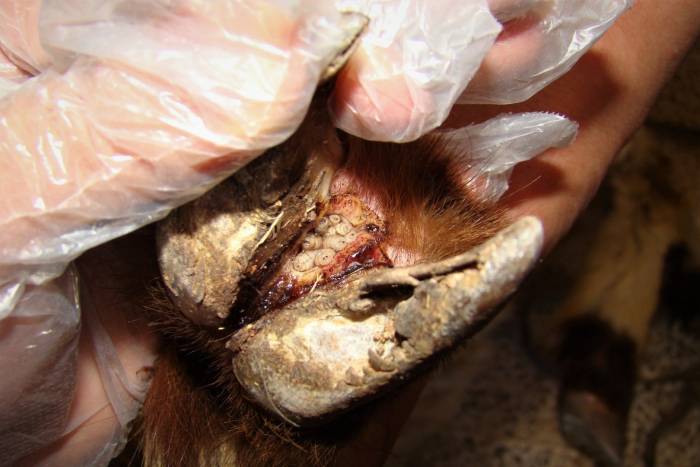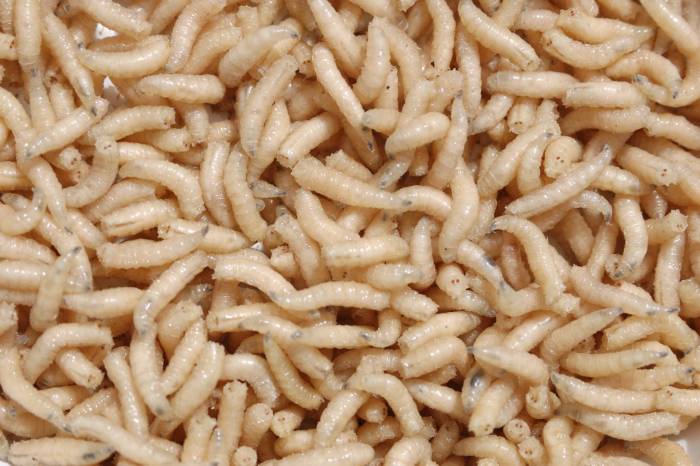Blowflies are one of the most widespread ectoparasites affecting sheep in the UK, with surveys suggesting 80% of flocks will have one or more cases of blowfly strike every year.
Estimates of the number of sheep struck each year range from 500,000 to 700,00 with mortality rates of 2-3% (10,000-20,000 sheep per annum). The extent of blowfly strikes varies hugely from year to year, mainly due to weather conditions. Failure to treat a strike promptly will lead to reduced performance, secondary infections and, in severe cases, death.
In the UK, blowfly strike is usually caused by the greenbottle fly (Lucilia sericata). Female flies are attracted by the odour of wounds and decomposing matter, such as soiled fleece or dead animals, and lay batches of up to 250 eggs at a time. The eggs start to hatch after about 12 hours and it then takes roughly three days for the larvae to mature and drop off the sheep, where they will pupate in the soil. The whole lifecycle takes about four to six weeks.
Blowfly strikes usually occur in waves. The first fly lays her eggs in a damp or dirty area on the sheep and the odour from this strike rapidly attracts other blowflies. The larvae start to feed on the living tissue of the sheep under the soiled fleece, secreting proteolytic enzymes and abrading the skin with their mouthparts. The first signs in affected sheep are often a patch of discoloured wool and agitation.
Rapid diagnosis and treatment are essential. Increasingly, flocks are using preventative measures to minimise the risk of blowfly strike, rather than treating strike only after it has occurred.
Blowfly strike was traditionally expected between May and September, but changing weather patterns mean lowland flocks are often at risk from March through to December. Timing of the application of these preventative measures is key to success and Elanco Animal Health sponsors an alert that can be found on the Nadis website.
Blowfly strike can be prevented through the application of an appropriate product before a period of challenge.
There are essentially three types of topical product recommended to sheep farmers for blowfly control.
Plunge dipping in an organophosphate (OP) will also treat and prevent blowfly strike. However, SCOPS recommends using one of the topical products where possible to target blowfly, rather than using the broad activity of the OP unless it is necessary. If an OP is used, it must be as a plunge dip; the use of any other method of application is not legal.



